Great Caesar's Ghost (1898)
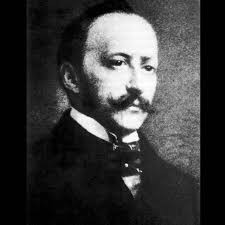
“Ritz” describes over -the -top- ostentation; it is also the name of the iconic French hotel. The part of speech and the place owe their existence to César Ritz.
An American Grand (1853)
.jpeg)
Whether performing chopsticks or a concerto, the gold-embossed name, Steinway & Sons, tells the tale of a dynasty founded by Henry Steinway.
Diva (2006)

Just as no man is a hero to his valet, no man is a hero to his employee- if the boss sends seismic tremors into the heart of an underling. The movie, The Devil Wears Prada, centers around Miranda Priestly, a roman à clef of Anna Wintour.
No Evil Thing Will (1961)
.jpeg)
Through the recesses of memory, baby boomers can recall their terror that PETA Enemy No 1 would separate Dalmatian puppies from their skins in to satisfy her passion for fashion. Hidden behind the scenes: Disney based Cruella de Ville (cruel devil,) after Tallulah Bankhead.
Miracle of Miracles (1851)
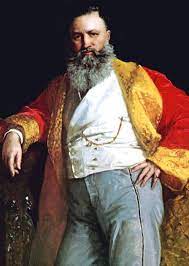
In 1905, residents of the Russian village of Anatevka congregated to see Motel the tailor’s new arrival: a used sewing machine. The townspeople were too caught up with the modern marvel to think about the name embossed in white against a black background: SINGER-after Isaac Merritt Singer.
Finger Lickin' Good (1952)
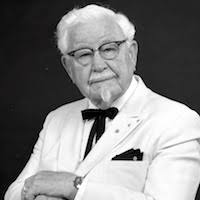
While chowing down to a meal of fried chicken, biscuits, mashed potatoes, one is too engaged to think about the gentleman behind the Kentucky Fried Chicken mascot. But when the feeding frenzy abates, it might be interesting to learn about the famed father of fast food, Colonel Harland Sanders.
Fairy Tales (1950)
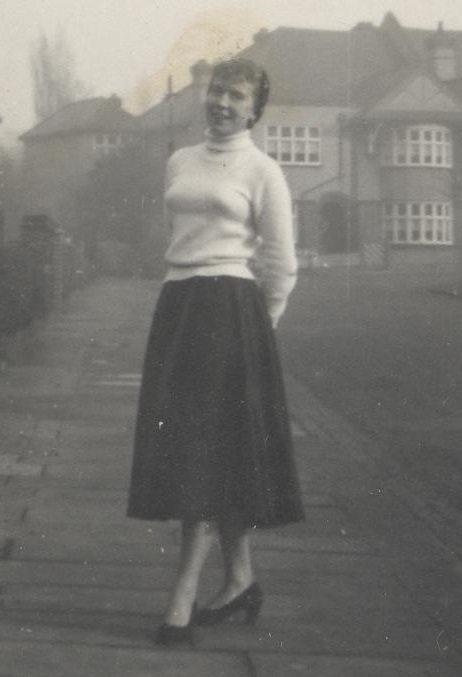
Lucy Pevensie, the heroine of The Lion, The Witch, and The Wardrobe, has delighted millions of the young-and the young at heart- as they accompanied her on a fantastical adventure in the land of perpetual winter. Her non-fictional counterpart was her namesake, Lucy Barfield.
Spectacular (1995)
.jpeg)
The New York Four comprised the most popular personalities in television sit-com history. While it is common knowledge the titular character portrayed comedienne Jerry Seinfeld, what fans may not realize is the show’s producer modeled attorney Jackie Chiles on legal eagle Johnnie L. Cochran Jr.
GET OUT OF JAIL FREE (1936)
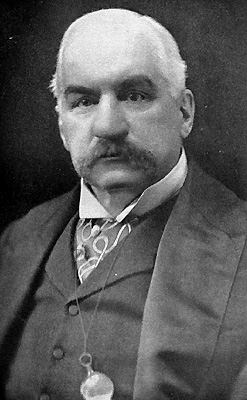
Spiked Schnapps (1774)
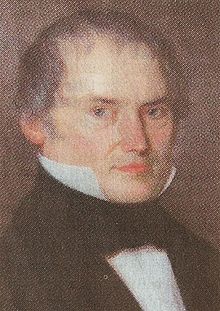
Forest Gump observed, “My mama always said you can tell a lot about a person by their shoes, where they going, where they been.” While Forest never wore Birkenstocks, the footwear of the flower power generation trod quite the path since its founder, Johannes Adam Birkenstock, fashioned the first pair.
Starship (1965)

For patriots, the name ‘Jefferson’ conjures the image of the Declaration of Independence. For rockers, the name ‘Jefferson,’ (along with Airplane,) conjures the image of The White Rabbit. The band’s moniker alludes to Lemon Jefferson.
Love Trumped Haight (1892)
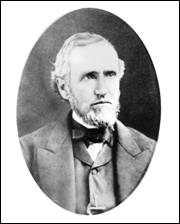
Tabula Rasa (1507)

Israel Baline-Irving Berlin when he immigrated from Russia- 1938 song, “God Bless America,” could have been, “God Bless Columbus” had it not been for Amerigo Vespucci.
His Own Soul (1955)

In yesteryear, children who heard the name McDonald sang along to the rhyme about an old man on a farm. Post 1950s, the connotation was of Happy Meals, playgrounds, and a ketchup-haired clown. The chain’s golden arches form the letter M- (and, subliminally, a woman’s breasts,) after the company’s founders, Richard, (Dick,) and Maurice, (Mac,) McDonald.
"Hai-yah!" (1974)
.jpeg)
The porcine with the most pulchritude is Miss Piggy, a diva who dresses for excess, never gives an oink about her extra pounds, participated in a cross-species romance. Miss. Peggy Lee, rather than originating from the same imaginative cloth as her fellow Muppets, (Muppet is a blend of marionette and puppet,) was the alter ego of entertainer Miss Peggy Lee.
The Corner (1951)

Fans of Dennis the Menace would readily agree with the nursery rhyme’s contention that little boys are made of “Snips and snails/And puppy dogs’ tails.” For inspiration, the cartoon’s creator turned to the real-world mischief-maker, Dennis Ketcham.
T.G.I.F. (1962)

My Whole Life (1929)

Shoppers drawn to the frozen yogurt section of the supermarket choose Dannon yogurt, unaware the product bears the childhood nickname of its founder.
Mightier Than the Sword (1953)

Baron Marcel Bich, who did for ballpoint pens what Henry Ford did for cars, was born in Turin, Italy, in 1914, the son of a French engineer, Baron Aime Mario Bich, who had inherited his title from his great-grandfather. The family moved to Spain and eventually settled in France; Marcel studied law at the University of Paris, and in World War II served in the French Air Force.
A Crazy Plaid (1876)

For Marilyn, diamonds were a girl’s best friend, but for librarians the Dewey Decimal Classification is their guru. Want a book on fairy tales? (398.2,) rock music? (781.66,) literature? (800.) But the founder of the system, Melvil Dewey, defied classification.


